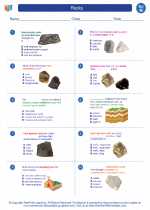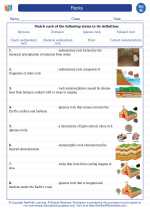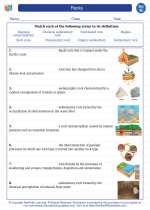Rocks -> spacecraft
Spacecraft
A spacecraft is a vehicle or machine designed for travel or operation in outer space. It is used for a variety of purposes, including communication, Earth observation, meteorology, navigation, planetary exploration, and transportation of humans and cargo to and from space. Spacecraft can be manned or unmanned, and they come in various forms, including satellites, probes, rovers, space stations, and crewed spacecraft.
Types of Spacecraft
There are several types of spacecraft, each designed for specific purposes:
- Satellites: These are spacecraft that orbit around the Earth or other celestial bodies. They are used for communication, weather monitoring, navigation, and scientific research.
- Probes: These are unmanned spacecraft designed to explore and study celestial bodies such as planets, moons, and asteroids. They can orbit, fly by, or land on the target body to gather data and images.
- Rovers: These are robotic vehicles designed to move across the surface of a planet or other celestial bodies to conduct scientific experiments and exploration. Examples include the Mars rovers Curiosity and Perseverance.
- Space Stations: These are large spacecraft that serve as habitats for humans in space. They are used for long-term scientific research, international cooperation, and preparation for future space exploration missions.
- Crewed Spacecraft: These are vehicles designed to carry humans into space. They can be used for missions to the International Space Station (ISS), lunar exploration, and eventually, Mars exploration.
Components of a Spacecraft
A typical spacecraft consists of several key components:
- Structure: The framework that holds the spacecraft together and provides support for other components.
- Propulsion System: The engines and fuel systems that allow the spacecraft to maneuver and change its trajectory in space.
- Power Source: Spacecraft use solar panels, batteries, or radioisotope thermoelectric generators (RTGs) to generate power for their operations.
- Communication System: Equipment for sending and receiving data and commands to and from mission control on Earth.
- Navigation System: Instruments and software for determining the spacecraft's position and trajectory in space.
- Payload: The scientific instruments, cameras, sensors, and other equipment specific to the mission objectives of the spacecraft.
- Life Support Systems (for crewed spacecraft): Systems that provide air, water, and sustenance for human occupants during space missions.
Challenges of Spacecraft Design and Operation
Designing and operating spacecraft come with various challenges, including:
- Harsh Environment: Spacecraft must withstand extreme temperatures, vacuum conditions, radiation, and micrometeoroid impacts.
- Communication Delays: Due to the vast distances involved, spacecraft experience communication delays with mission control on Earth.
- Propulsion Limitations: Efficient propulsion systems are essential for reaching and maneuvering in space, where traditional means of propulsion such as air and friction are absent.
- Reliability and Redundancy: Spacecraft systems must be highly reliable, with redundant components to ensure mission success despite potential failures.
- Human Factors (for crewed spacecraft): Ensuring the health, safety, and psychological well-being of human crews during long-duration missions in space.
Study Guide
To study the topic of spacecraft, consider the following key points:
- What are the different types of spacecraft and their specific purposes?
- What are the essential components of a spacecraft and their functions?
- What are the challenges involved in designing and operating spacecraft?
- Research and discuss notable spacecraft missions and their contributions to space exploration and scientific discovery.
- Explore the future of spacecraft technology and potential advancements in space exploration.
By understanding the types, components, challenges, and advancements in spacecraft technology, you can gain a comprehensive knowledge of this exciting field and its impact on space exploration and scientific research.
[Spacecraft] Related Worksheets and Study Guides:
.◂Science Worksheets and Study Guides Eighth Grade. Rocks

 Worksheet/Answer key
Worksheet/Answer key
 Worksheet/Answer key
Worksheet/Answer key
 Vocabulary/Answer key
Vocabulary/Answer key
 Vocabulary/Answer key
Vocabulary/Answer key
 Vocabulary/Answer key
Vocabulary/Answer key
